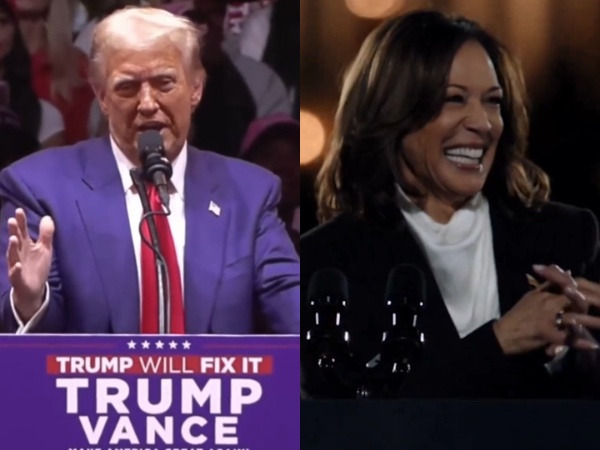India vs. USA: A Comparative Study of Electoral Systems
Both India and the USA have distinct electoral systems with unique features and challenges. While India relies on a centralized model led by the Election Commission, the US has a decentralized approach with the Electoral College playing a critical role, sparking debates on democracy and representation.

- Country:
- India
India and the United States, two of the world's largest democracies, face scrutiny due to their starkly different electoral systems. As the US gears up for its presidential election on November 5, 2024, interest in comparing these systems is growing, particularly in India.
India's centralized election management, overseen by the Election Commission of India, contrasts sharply with the United States' decentralized approach. In the US, more than 3,000 local jurisdictions across various states administer elections, resulting in varying voting methods. While India uses a uniform first-past-the-post system, the US employs additional methods like ranked-choice voting in some regions.
The Electoral College, intrinsic to US presidential elections, often sidelines the popular vote, leading to debates over democratic representation. The complexities of vote counting further highlight differences, with India delivering swift results, in contrast to the prolonged process in the US due to mail-in ballots.
(With inputs from agencies.)










